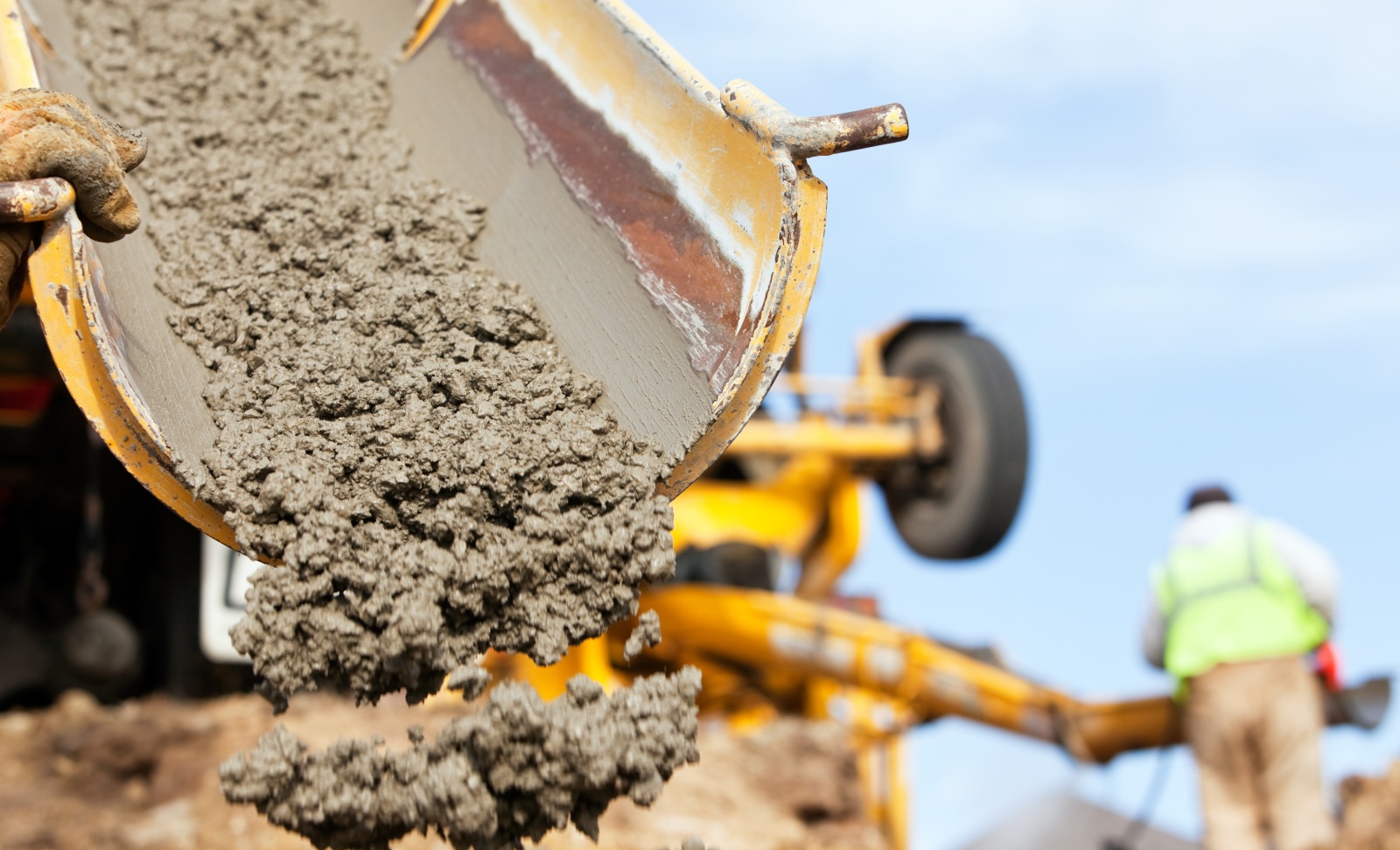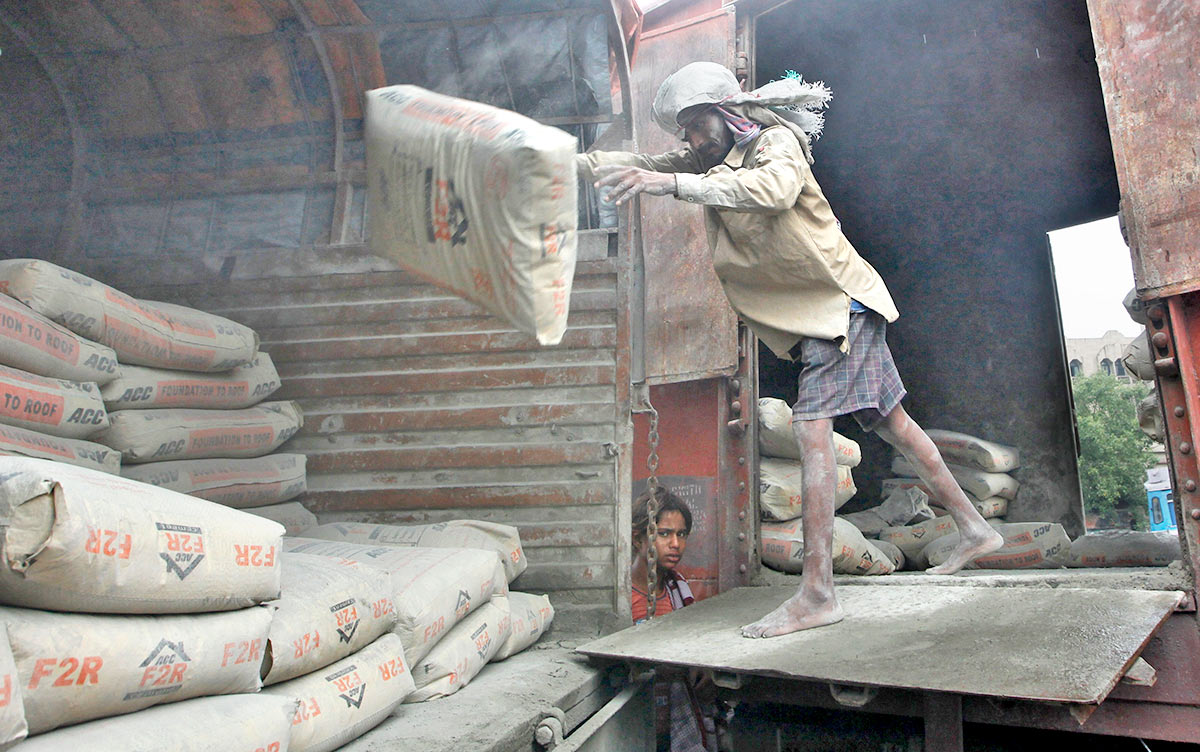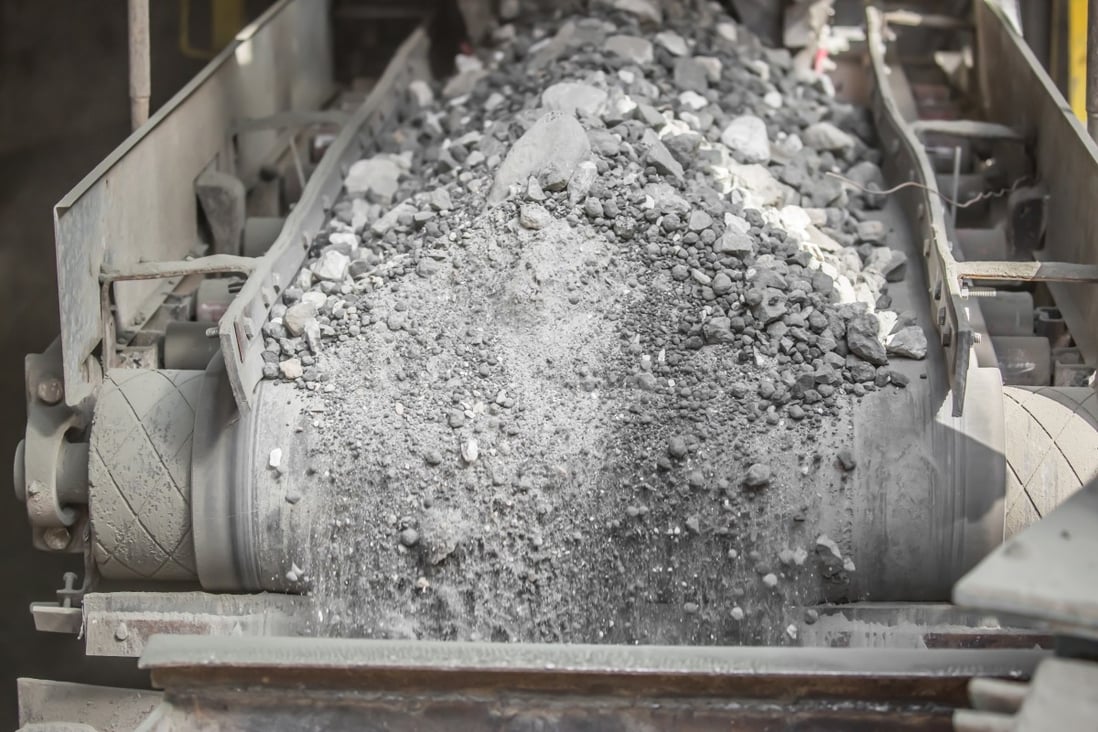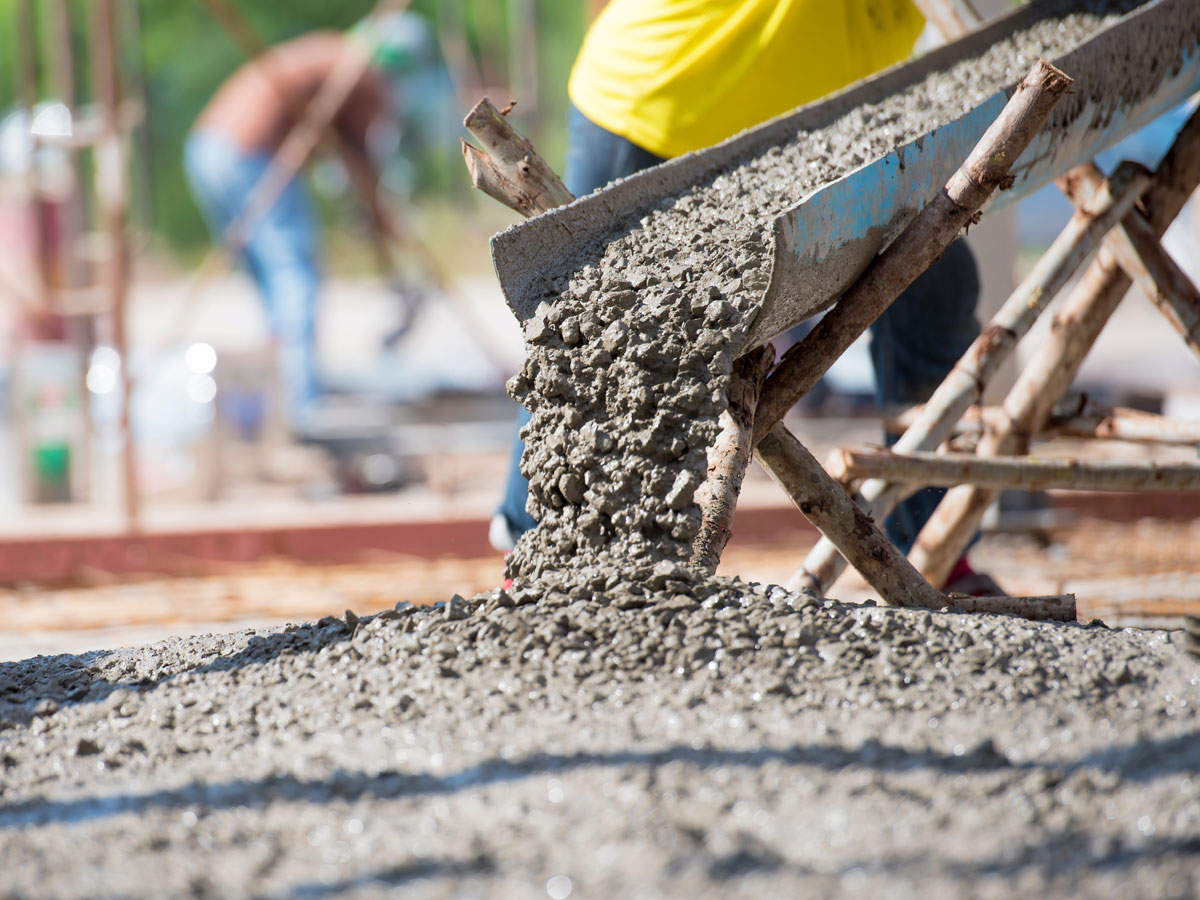Cement sector: Capacity addition, consolidation the way forward 2023

Cement sector: Capacity addition, consolidation the way forward 2023
The story started when Ambuja Cements (now a part of the Adani Group) bought a 56.74% stake in Sanghi Industries (SIL) for an enterprise value of Rs 5,000 crore. The cement industry in India is currently expanding its capacity at a rapid pace.primarily taking advantage of the surge in infrastructure spending through greenfield and brownfield expansions.
But with the almost 25 million tonnes per annum (MTPA) of strained assets that are accessible, mergers and acquisitions could be the simple solution.
The beginning was the purchase of a 56.74% share in Sanghi Industries (SIL) by Ambuja Cements (ACL), now a part of the Adani Group, Adani Cements (which includes Ambuja Cements and ACC) will acquire a company for Rs 5,000 crore, increasing their capacity from 67.5 MTPA to 73.6 MTPA. However, this acquisition will not impact their ranking. Adani Cement (ACC & Ambuja Cements) comes in second on the list with a capacity of 67.5 MTPA, trailing UltraTech Cement, which continues to hold the top spot.
Others on the list include Shree Cement (49.9 MTPA), Dalmia Cement (Bharat) (43.7 MTPA), Nuvoco Vistas (25 MTPA), JSW (19 MTPA), and India Cements (16 MTPA).
In the next two years, ACL will raise cement production at Sanghipuram to 15 MTPA using SIL’s billion tonnes of limestone deposits, according to Gautam Adani, chairman of the Adani Group. The Adani Group’s capacity will reach 101 MTPA by 2025 thanks to continuing capacity increases of 14 MTPA and the completion of 5.5 MTPA capacity at Dahej and Ametha.

With this acquisition, ACL will be “achieved ahead of time” in its goal to boost capacity to 140 MTPA by 2028, according to ACL director Karan Adani.
With a total capacity of 570 MT by the end of FY22, India would overtake China as the world’s second-largest cement production and user.
“We predict a 5% CAGR in cement demand over FY24–26 compared to a 3.8% CAGR over FY13–22. According to a Nomura analysis, “We expect the Indian cement sector to have 8% y-y volume growth in FY24, up from 5.6% during FY13–22. Cement capacity is expected to increase by 7% over FY23–25.
UltraTech Cement, for its part, intends to raise installed capacity to 159 MTPA by FY25. In addition to grinding plants and bulk terminals, the Aditya Birla group firm wants to increase nationwide capacity by 42 MTPA.
The chairman of the Aditya Birla group, Kumar Mangalam Birla, stated in his speech to shareholders in the annual report that “this growth will solidify our standing as the third-largest cement company globally, outside of China, and the unrivalled leader in India.”

“This year, we started a new 12.4 MTPA grey cement capacity, and in April 2023, Patliputra will open a 2.2 MTPA brownfield cement capacity. He added that the subsequent growth phase of 22.6 MTPA has already begun, and your organization has already started working on it.
By 2030, Shree Cement intends to increase its capacity to 80 million tonnes, and the HM Bangur-led business will devote between Rs 5,500 and Rs 6,000 crore to several projects.
Among others, Dalmia Cement (Bharat), Nuvoco Vistas, and JSW are seeking capacity expansions.

Over the past ten years, the sector has also seen a series of consolidations, including the acquisitions of Ambuja Cements and ACC by Adani, the purchase of Jaiprakash Associates by Dalmia, and the controlling share in Bhavya Cements by Anjani Portland Cement.
According to a sector analyst, this may be the way forward for Indian cement producers.
The cement industry is a critical driver of the global economy, catering to the construction sector, a foundational element for infrastructure and housing. In 2023, two significant trends emerged within the cement industry: capacity addition and consolidation. These trends shape the industry’s future, and their implications run wide and deep.
Over the past few years, the cement industry has witnessed a substantial increase in capacity. The increase in cement production has been primarily fueled by developing nations, particularly in Asia and Africa, as a result of the rising need for additional infrastructure and housing.
The shift towards environmentally friendly practices has encouraged the development of new technologies and processes, thereby enhancing the overall capacity.

Many governments have implemented policies to stimulate construction activities, such as tax incentives and subsidies, further propelling the demand for cement.
Cement production is one of the significant contributors to CO2 emissions. The industry is under pressure to adopt greener practices.
Compliance with various regional and international regulations can be complex and expensive.
The global pandemic has revealed vulnerabilities in the supply chain, affecting the timely availability of raw materials.
The cement industry is experiencing a trend of consolidation.Many significant players in various industries are currently acquiring or merging with smaller companies. This is done to increase their market reach and improve their economies of scale.
The industry has become highly competitive, with thin profit margins. Consolidation allows companies to leverage combined resources to enhance efficiency. Incorporating companies that possess specialized technology can aid in keeping a company innovative and ahead of competitors.

Consolidation enables alignment with global market trends and regulatory requirements. Mergers and acquisitions often face rigorous regulatory scrutiny, which can slow down or even halt consolidation processes.
Merging different organizational cultures and systems can be complex and time-consuming. Over-consolidation can lead to reduced competition, potentially affecting prices and consumer choice.
The future of the cement industry lies in technological innovation. Investment in green technologies can make production more sustainable and efficient. Collaboration between countries and companies could facilitate the exchange of technology and best practices, accelerating growth.
Governments must create policies that encourage sustainable growth without stifling innovation or competition. Tailoring strategies to local market needs can make global companies more resilient and adaptive.

The cement industry’s future appears robust, driven by capacity addition and consolidation. While challenges exist, growth opportunities are significant. Through careful planning, technological innovation, and strategic alignment with global trends, the cement industry can continue to be a vital part of the global economic framework in 2023 and beyond.





